Popular Mechanics for In-App Purchases

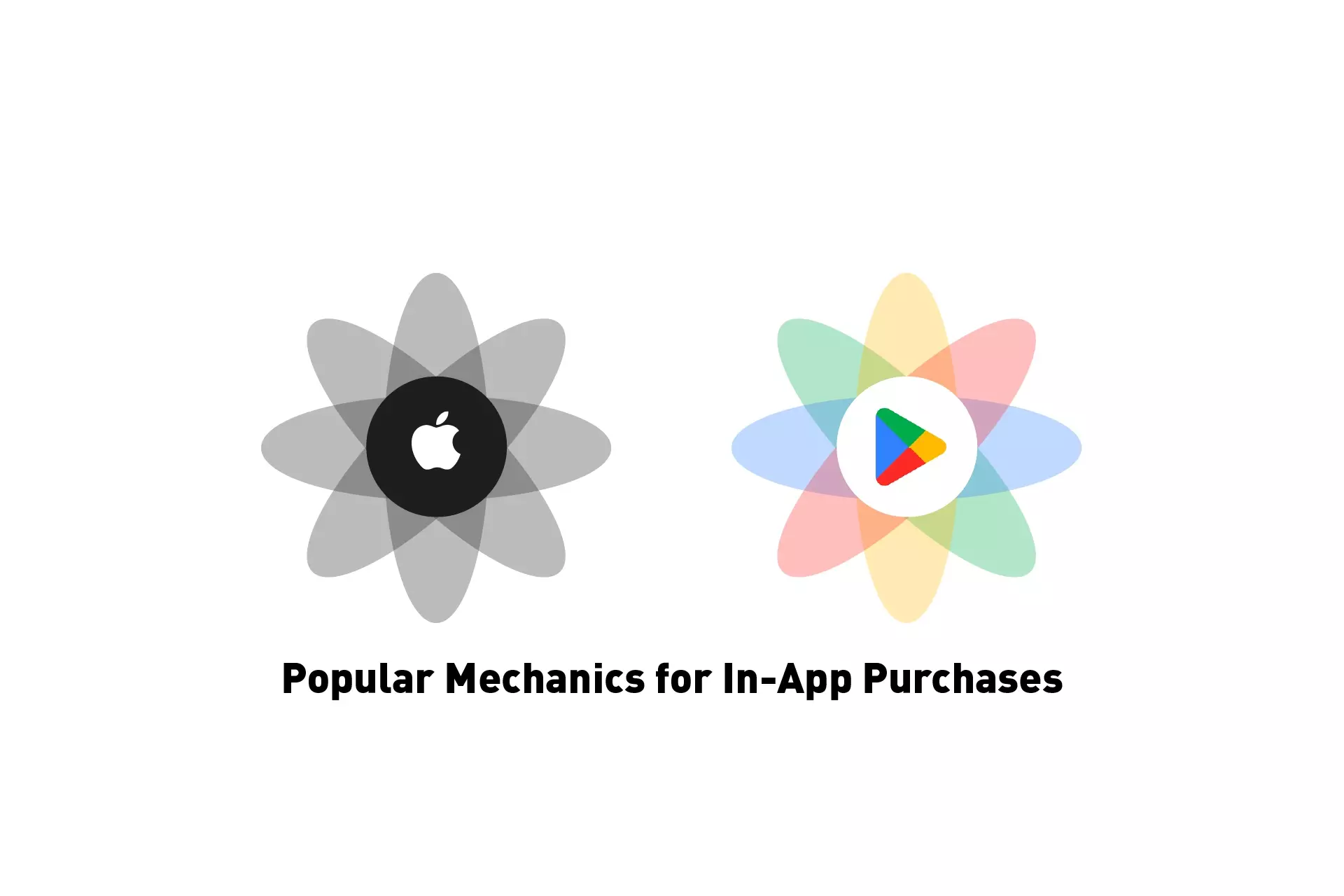
A guide that describes popular In-App Purchase mechanics.
As 50% of non-game and 79% of game apps use In-App Purchases, when deciding what mechanics to implement in your app, it is important to differentiate yourself from the competition (Source: Tech Jury).
An effective Consumable or Non-Consumable In-App Purchase delivers on its expectations, provides an experience that benefits or sets the customer apart - encouraging the customer to share the experience with other customers, who are then motivated to buy the In-App Purchase.
If the In-App Purchase is designed as a consumable, it should last a limited period of time after use and be attractive enough that customers are willing to buy the consumable more than once to relive the experience or feature.
Our research into successful uses of In-App Purchases out in the market can be broken down into a small set of mechanics that are listed below and augment the value of an app, resulting in a boost in sales.
In-App Currency
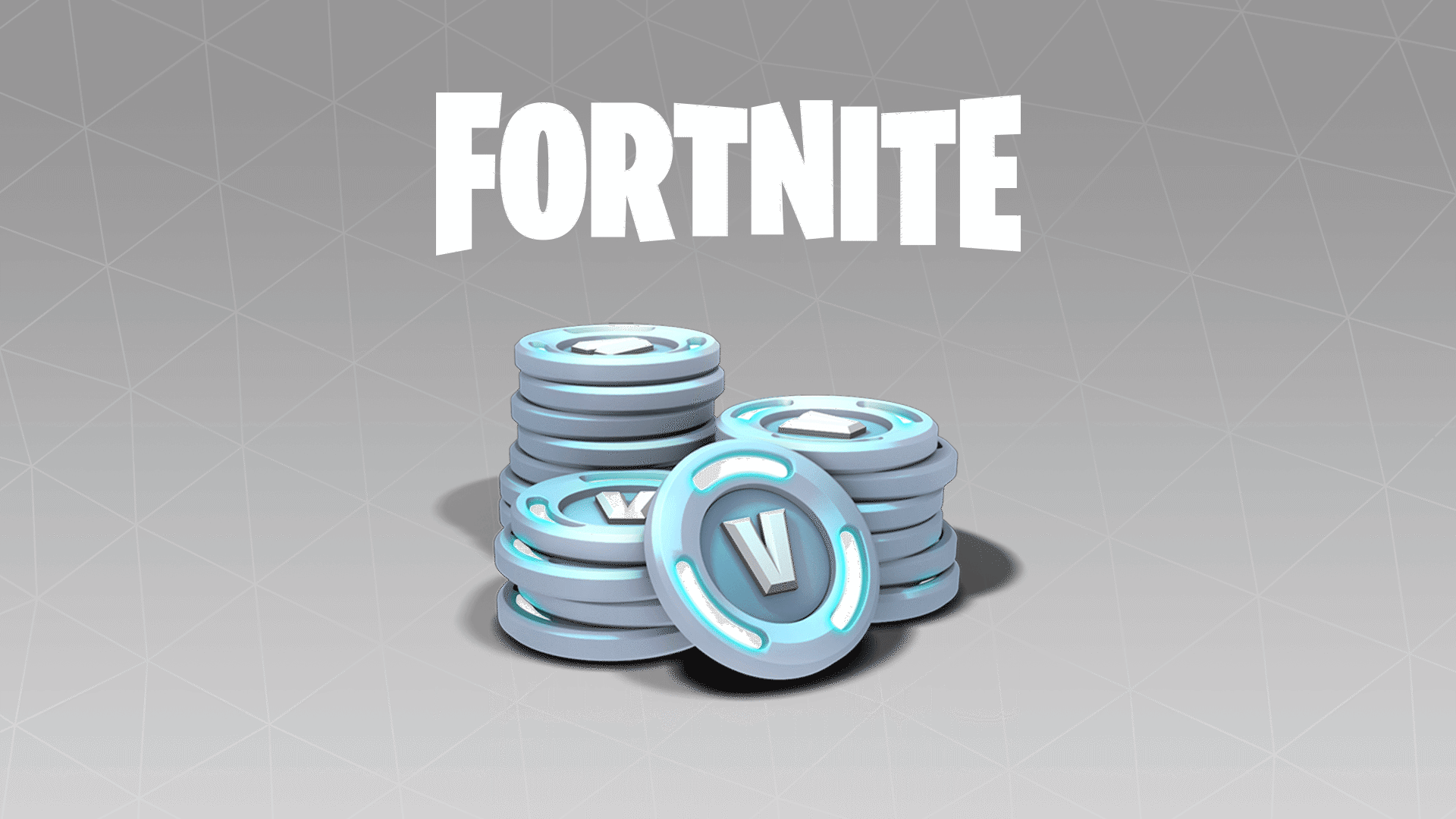
In-App currency is popular mechanic in games, such as Pokémon Go, Candy Crush or Fortnite, by which customers buy a consumable In-App Purchase that transforms real world currency into the platforms digital equivalent. This digital currency can then be spent in-app on things that range from events, outfits to items that boost the customers performance.
Temporary Premium Boost
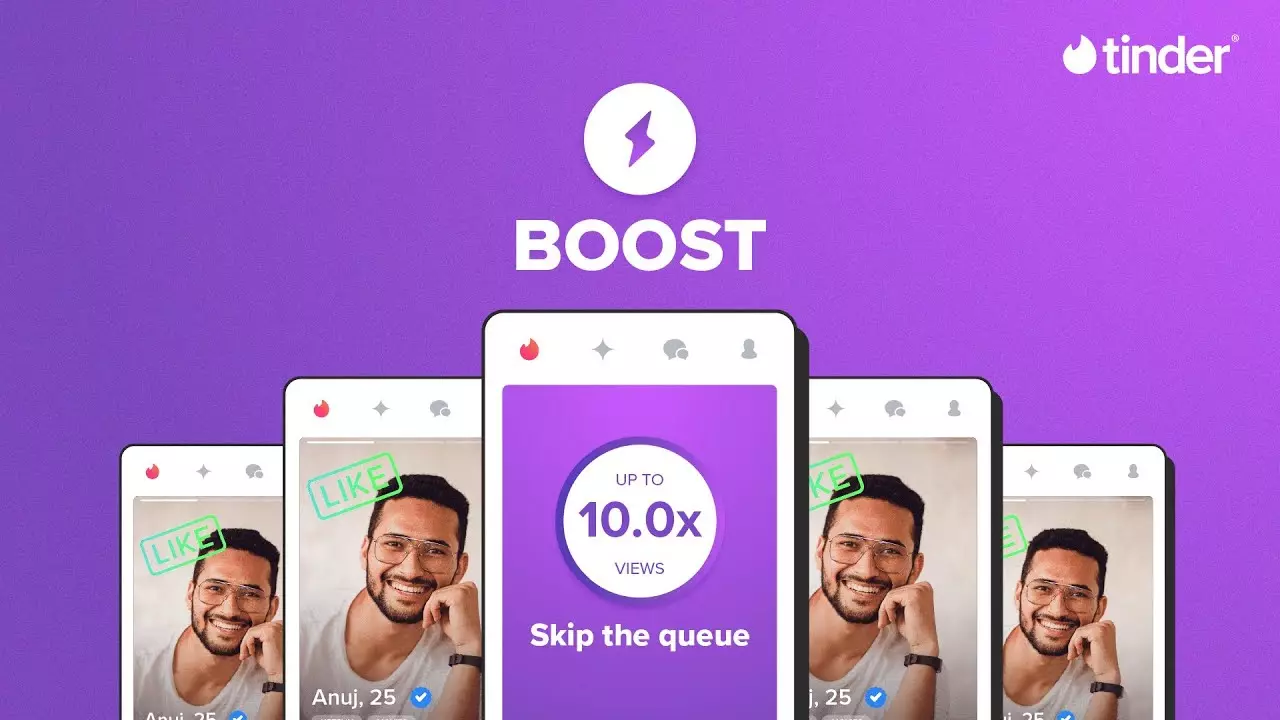
A temporary premium boost is a popular mechanic that is used in dating, event and game apps that grant customers access to exclusive, time-limited experiences. These experiences must be bought again after being consumed.
An example of this is Tinder's Superlike or Boost consumable, which enhances the chances of an individual finding a desirable partner by changing their cards design (Superlike) or placing them first on potential partners card stacks (Boost).
Random Rewards
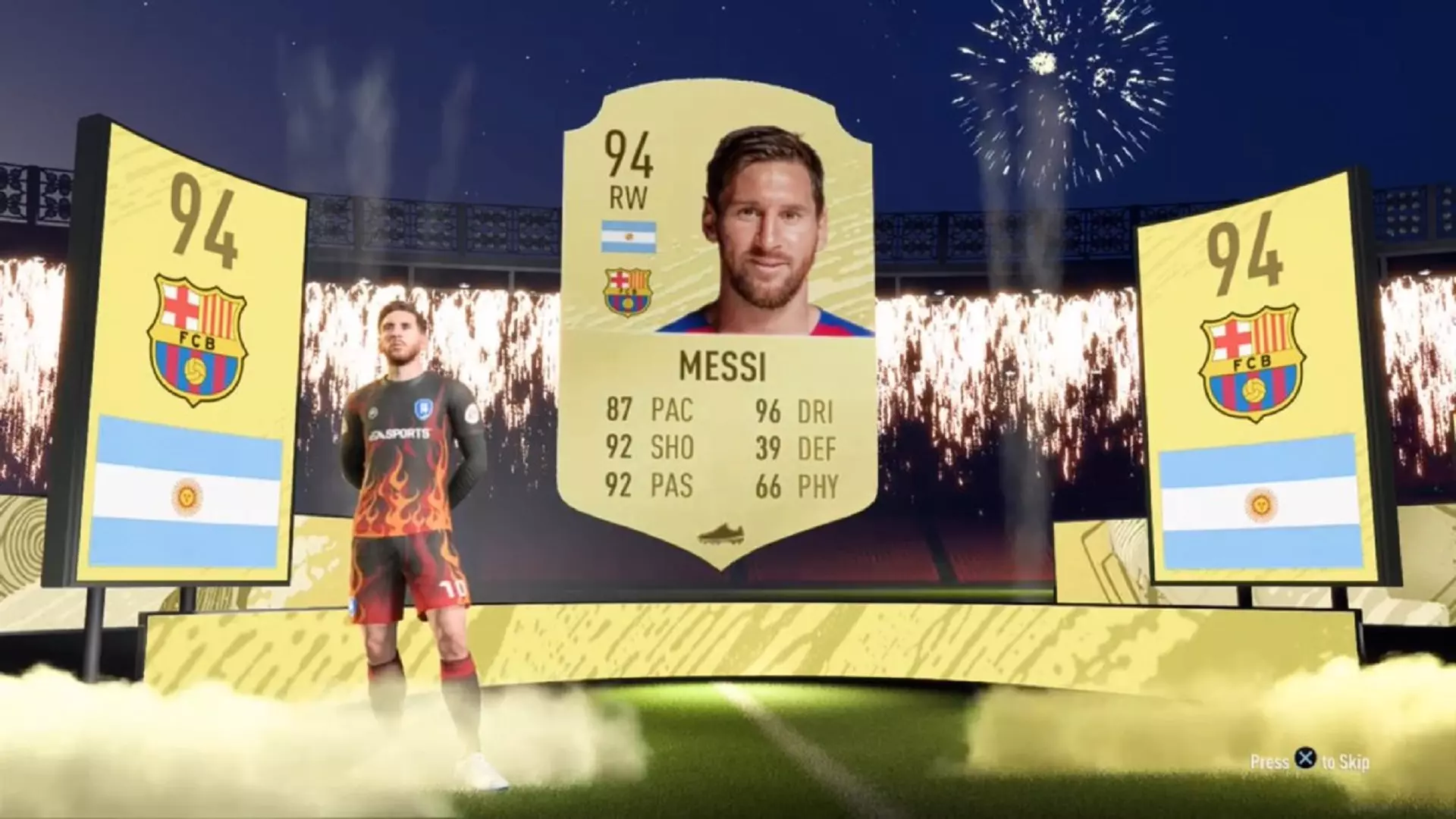
Random rewards often come in the form of a Lottery, Wheel of Fortune or Loot Boxes and are a popular mechanic in game apps, such as Rocket League, FIFA or Candy Crush.
Random rewards offer customers the chance to buy a consumable which when opened, return one or many in-game items that range from currency to common, rare and the most exclusive in-app items.
In order to get another random reward, the customer must pay for another consumable In-App Purchase.
Remove Ads or Watermark
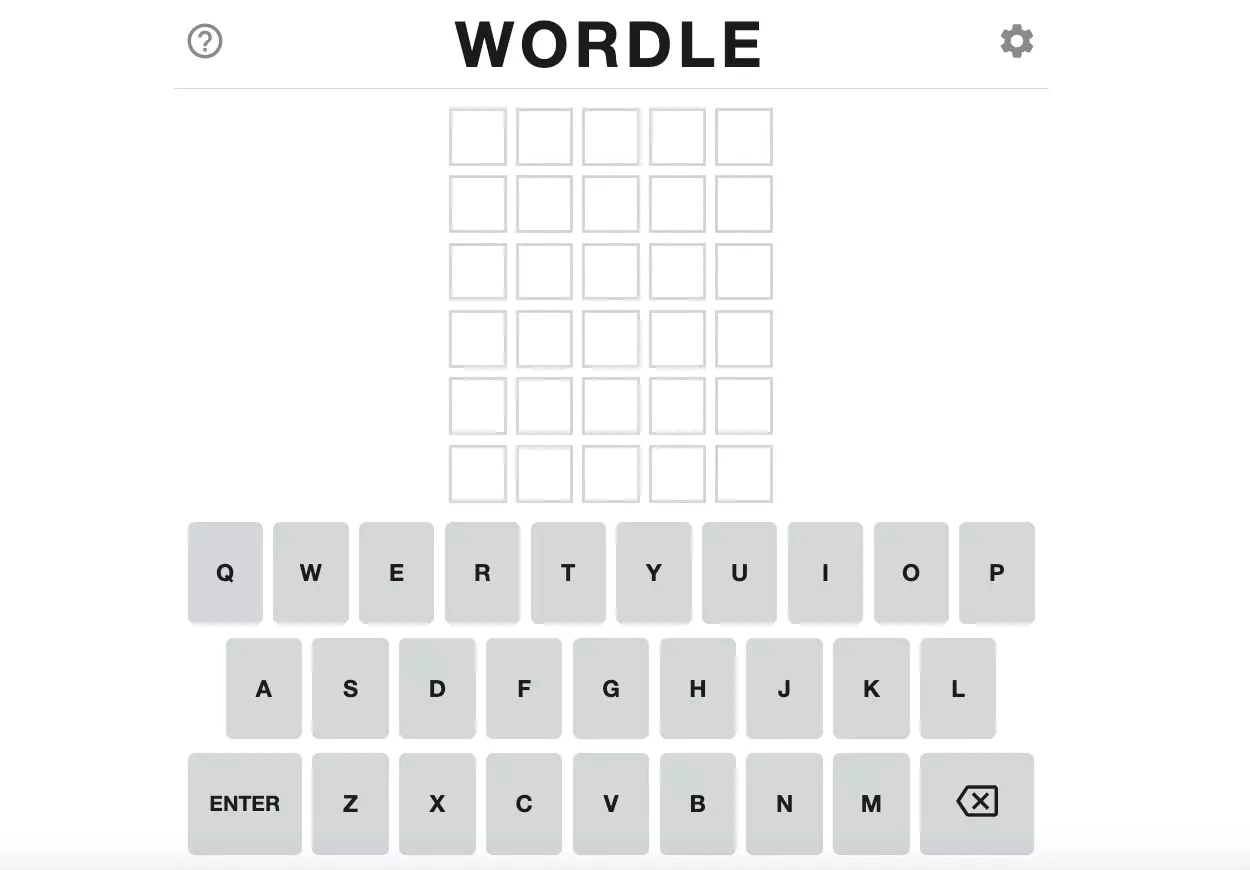
Removing ads or watermarks is a popular mechanic in apps across industries and offer customers the chance to remove advertising from an app, or in the case of the watermark, to remove the freemium stamp that promotes the app when content is shared.
An example of a watermark is Muralize's logo that is added to images when they are converted into a carousel for Instagram, or MailChimp's paid model that removes MailChimp's branding from e-mails.
Looking for more information on building e-commerce Apple apps?
Read our business guide to get our latest market and customer research, perspective and recommendations on building Apple e-commerce apps that use In-App Purchases and Subscriptions.
